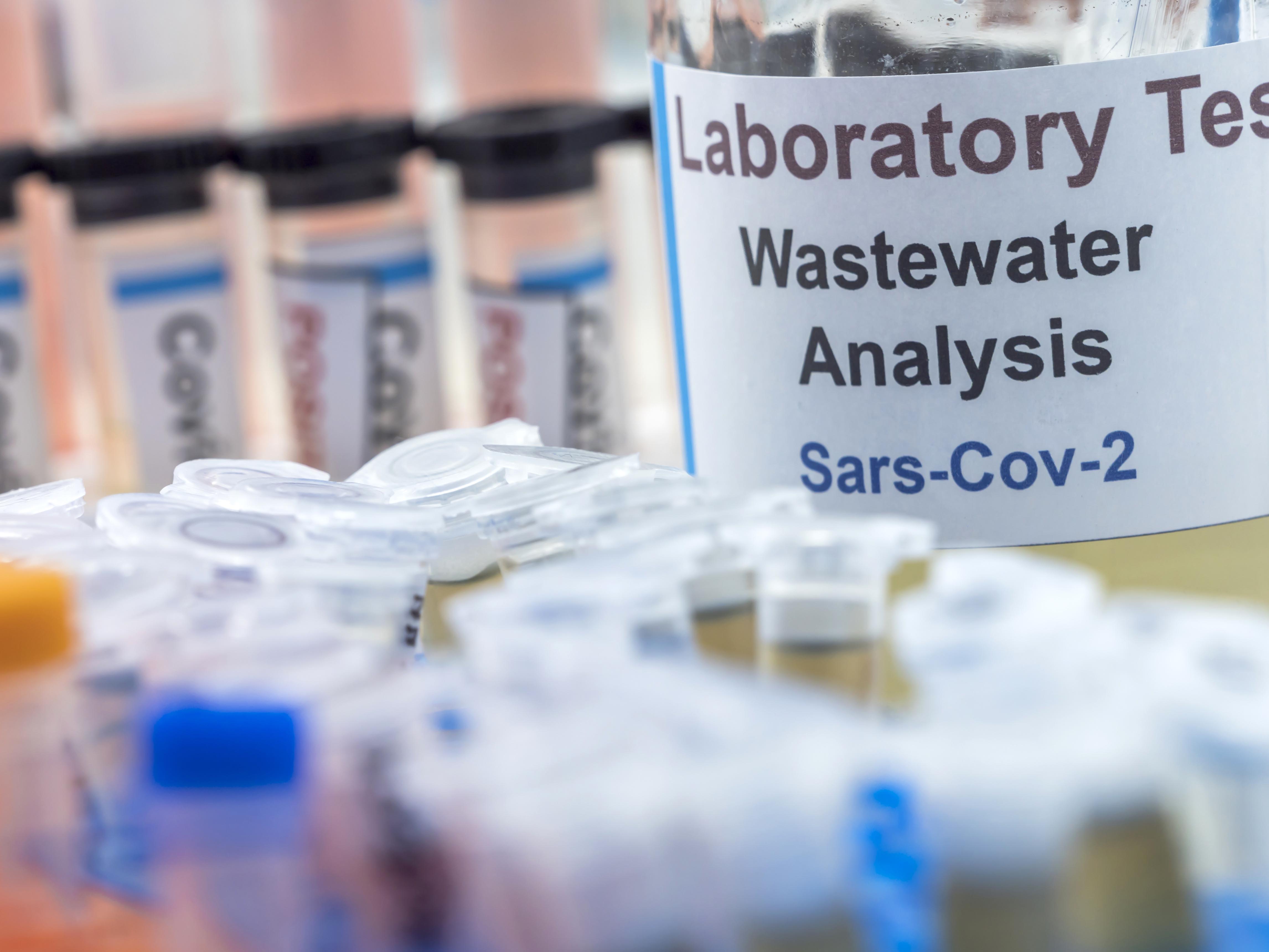How sewage science can be used to fight COVID-19 and future pandemics

Beneath the streets of Toronto, there is an untapped resource that has the potential to provide authorities with vital clues about the spread of COVID-19. So far, the burden of tracking and containing the pandemic has been placed on mass testing. But pioneering work below ground could provide municipalities with a powerful new tool.
As Ryerson professors Kimberley Gilbride and Claire Oswald are keen to point out, no one can opt out of contributing to the sewage system. And in the fight against a deadly virus, this universal truth could offer a much-needed early warning system.
Evidence suggests that the virus can be picked up in samples of wastewater up to two weeks before clinical testing measures are able to detect that a new outbreak is on the way. Few cities around the world routinely conduct this kind of sewage monitoring, but in Toronto, Gilbride and Oswald are establishing a system that could be used during the COVID-19 crisis and beyond.
Monitoring the virus at community level
Since the beginning of the pandemic, predicting the spread of COVID-19 through urban areas has been a hugely challenging task. It’s made particularly difficult by the fact a person can be infected without knowing it for several days before they develop symptoms. Yet in this time, individuals are shedding traces of SARS-CoV-2, the virus that causes the disease, via visits to the washroom.
As the pandemic picked up pace in spring 2020, Gilbride and Oswald began to hear of cities attempting to track the virus in wastewater. With decades of combined experience in urban water research, they realized they were in the perfect position to experiment with these techniques in Toronto.
“Before all this happened, nobody wanted to talk about poop,” says Gilbride, a professor in the Department of Biology and Chemistry. “But now people are realizing it’s not such a funny topic — it’s actually a serious topic.”
Gilbride and Oswald contacted other groups in Canada who were beginning to consider the wastewater approach, and built a team comprising other members of the Ryerson Urban Water research centre. In July 2020, they received support from the Ryerson COVID-19 SRC Response Fund, enabling them to begin the ambitious project. They also partnered with Toronto Public Health, Public Health Ontario and Toronto Water.
As Gilbride made preparations for testing samples in her lab, Oswald applied her expertise as an urban hydrologist to begin analyzing Toronto’s sewage network to understand how the virus would flow around the city. Extending the work being done by researchers elsewhere, the Ryerson team decided to test not only wastewater treatment plants, but also to head upstream. This would allow them to monitor the presence of the virus on a community level.
“The unique thing about what we’ve proposed is that, while a lot of groups have stuck to the wastewater treatment plants, we are moving upstream into different communities, which opens up more end uses of the data if we are able to track the virus in those smaller areas,” says Oswald, a professor in the Department of Geography and Environmental Studies.
Creating a complementary tool
Gilbride and Oswald began with monthly sampling at one of Toronto’s four wastewater plants and, by successfully getting positive test results for the presence of the virus, have confirmed that their system works. They are now finalizing their procedures in their upstream sampling sites and preparing to begin weekly testing. The data gathered from this sampling will be sent to their public health partners, complementing intelligence gained from clinical testing and modelling.
In addition to showing that a sample of wastewater contains SARS-CoV-2, the researchers’ system can also indicate differences in virus levels between two samples. With regular monitoring of wastewater, it is therefore possible to tell if a particular neighbourhood is experiencing an increase in the amount of virus circulating in its local network.
“If all of a sudden you see a rise in one of the markers you’re looking at, then you can try to find out what is happening and maybe try to rectify the problem before it becomes a bigger problem,” says Gilbride.
A potential application of this system would be to help give public health authorities an idea of which locations they should target for enhanced clinical testing. With cities only able to conduct a certain number of tests per day, this could be crucial in the management of stretched resources. “We know there are strains on the system when everybody is going to get tested and this could be a way to relieve some of that strain,” explains Oswald.
Although Gilbride and Oswald are currently focused on tackling COVID-19, they say that sewershed surveillance — monitoring wastewater in neighbourhood-level sewer networks — could be adapted to monitor many other substances, like drugs and bacteria. The researchers believe that with enough funding it could be possible to develop a coordinated provincial or even national network for the technique.
“We’re building up the expertise and the infrastructure to contribute to a broader scale sewage surveillance network, whether that’s provincial or national,” says Oswald.
With other researchers in Ontario now working on their own sewage surveillance, labs in different locations are able to share results and corroborate protocols. These efforts are being aided through support from the Canadian Water Network. Gilbride says working with people with varied expertise, both within Ryerson and elsewhere, has been a crucial component of their success so far.
“It’s a real collaboration because we’re all doing it to get this pandemic under control and hopefully leave society with a tool that can be used in the future for many other things,” says Gilbride.
Related links:
The importance of collaboration in an era of COVID-19 (opens in new window)